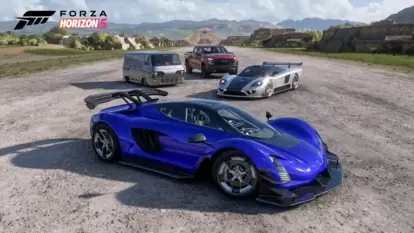Shocking space! Saturn rings will disappear!
An amazing occurrence in space is set to happen! Saturn rings will disappear very soon. Now, astronomers are busy capturing this celestial view before it fades from view within 18 months.

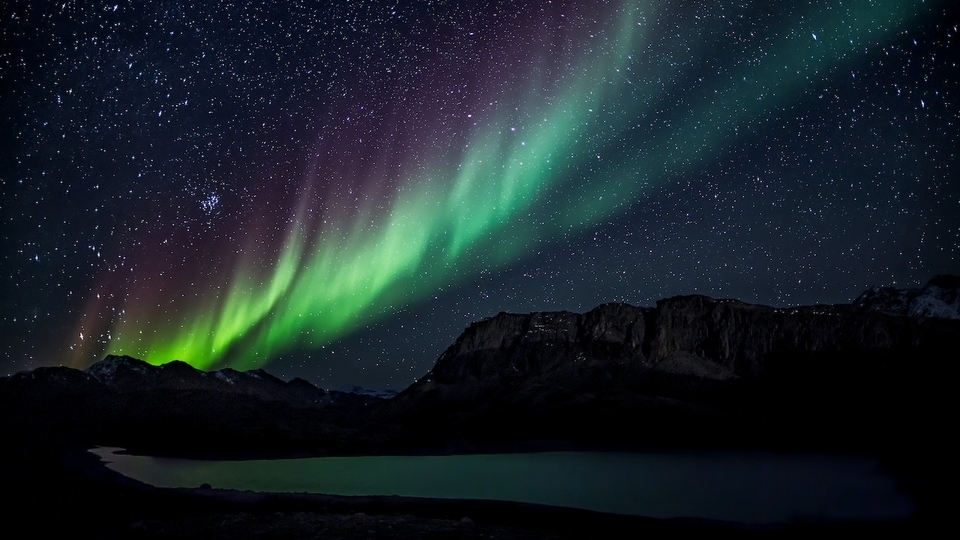
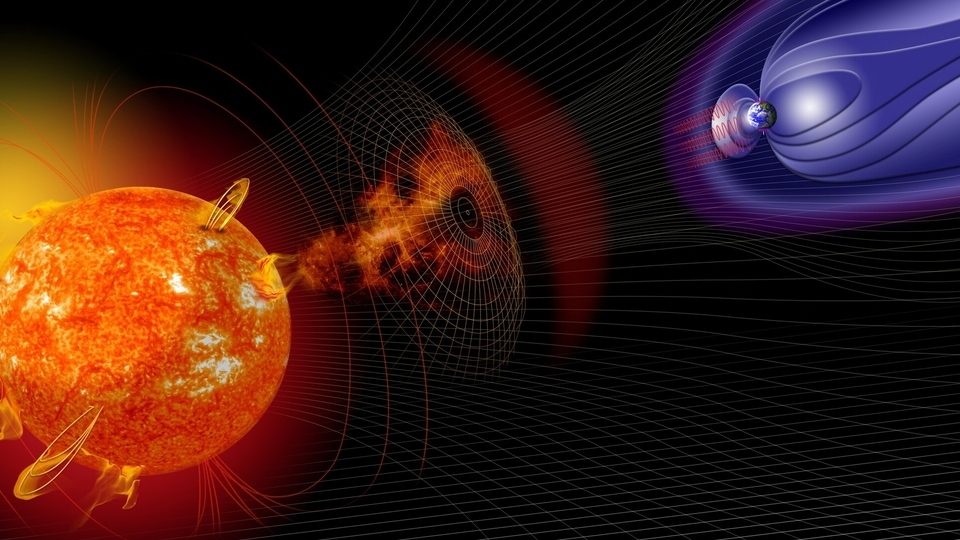
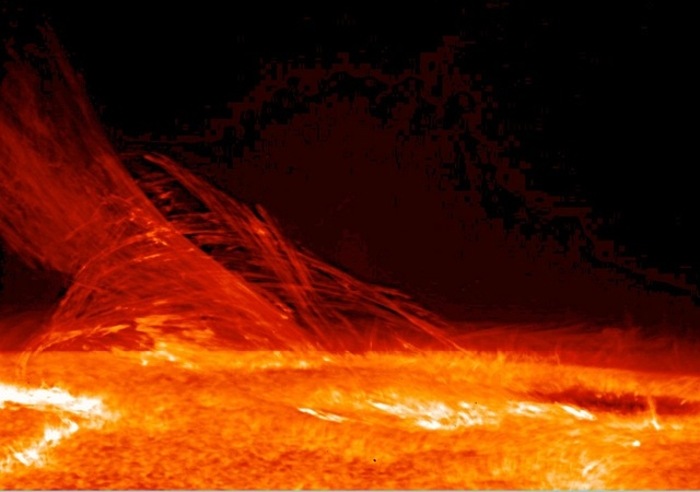
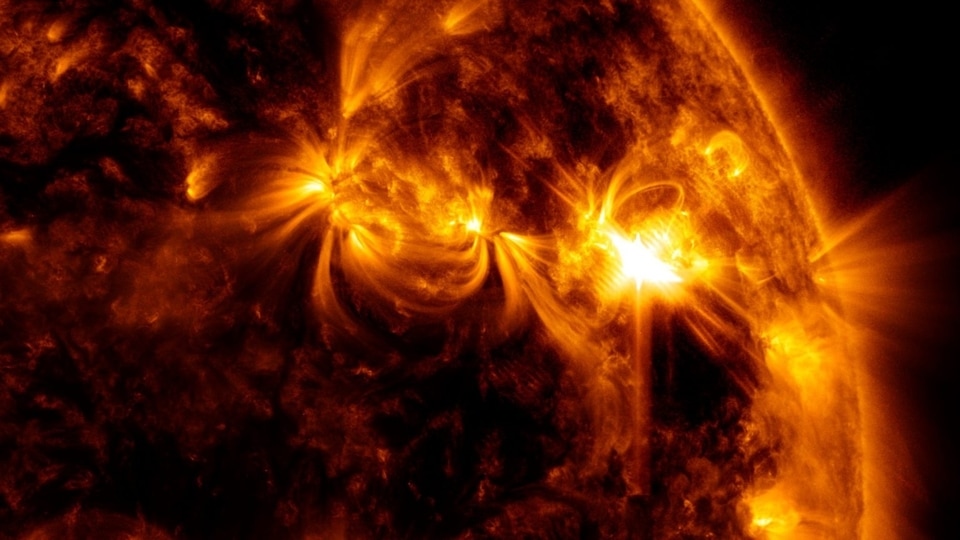
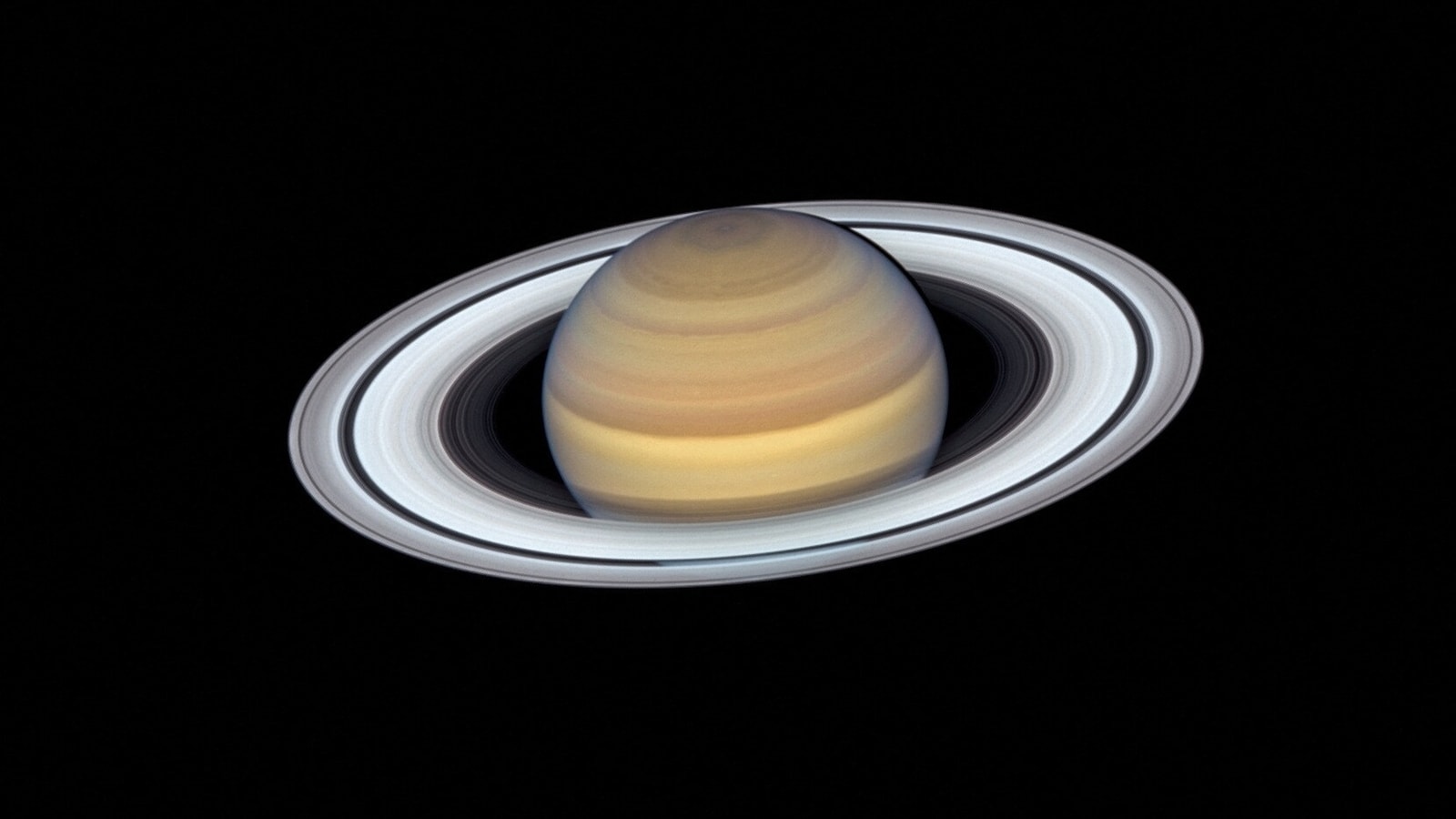
 View all Images
View all ImagesIn 1610, the visionary astronomer Galileo Galilei marvelled at the celestial beauty of the Saturn rings, describing them as resembling "ears." Fast forward to the present day, and these once-distant wonders are now observable to anyone with basic astronomical equipment. However, the clock is ticking on this cosmic spectacle, as recent findings suggest that Saturn rings are on the verge of disappearing from view within the next 18 months.
Cosmic Phenomenon Unveiled
This magnificent display, composed of seven distinct rings, is a cosmic phenomenon thought to be formed from the remnants of comets, asteroids, and moons torn apart by Saturn's colossal gravitational pull. While their exact age is still debated, recent research suggests they might be relative newcomers on the cosmic stage, possibly forming just 400 million years ago – younger than a tenth of Saturn's age, according to an Earth.com report
We are now on WhatsApp. Click to join.
Presently, scientists have noted a gradual disintegration of Saturn's rings into a cascade of icy particles descending into the planet's atmosphere. By 2025, Earth will align with Saturn, rendering its rings nearly invisible as from that viewpoint and angle, they would not be visible.
This vanishing act, however, is a fleeting event. As Saturn completes its 29.5-year orbit, it will gradually tilt, once again revealing the other side of its rings. The peak display is anticipated in 2032, offering a temporary farewell to the disappearing rings while enhancing the visibility of Saturn's moons.
So, in case you want to be a part of these special moments in space, you should get some proper equipment and start recording the event as it unfolds over the next 2 years and more. A good telescope will provide the perfect results for you.
More about Saturn
Saturn, the second-largest planet in our solar system and the sixth from the Sun, stands out with its stunning system of icy rings. While it's not the only planet with rings, Saturn's are unparalleled in their spectacle and complexity. Similar to its fellow gas giant, Jupiter, Saturn is primarily composed of hydrogen and helium. Identified since ancient times and named after the Roman god of agriculture and wealth, Saturn holds the distinction of being the farthest planet from Earth visible to the unaided human eye.
One more thing! HT Tech is now on WhatsApp Channels! Follow us by clicking the link so you never miss any updates from the world of technology. Click here to join now!
Catch all the Latest Tech News, Mobile News, Laptop News, Gaming news, Wearables News , How To News, also keep up with us on Whatsapp channel,Twitter, Facebook, Google News, and Instagram. For our latest videos, subscribe to our YouTube channel.




















